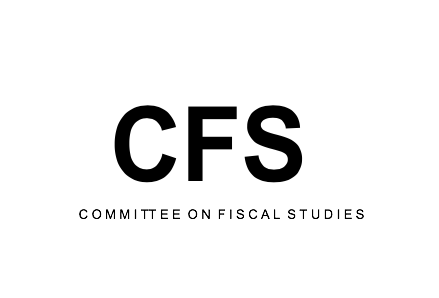Demand Elasticities of Excisable Goods in Kenya: Estimation Using Almost Ideal Demand System
Abstract
Excise taxes are an important source of revenue in most developing countries including Kenya. Between 1980 and 2018, excise taxes constituted a significant proportion of revenue in Kenya, yielding an average revenue contribution of 3.1 percent of GDP. Over the years, imposition of excise duty has been expanded from products considered harmful to society to include financial services as part of revenue raising measures. However, this expansion of excisable goods and services may distort consumer behaviour, resulting in low tax revenue generation. This paper estimates the price elasticity of demand of various excisable goods and services in Kenya. Price elasticity of demand, which is the responsiveness of change in quantity demanded of a good or service with respect to a change in its price, is essential in the formulation and design of tax policies as it helps in assessing who ultimately bears the tax burden. Using the 2015/16 Kenya Integrated Household Budget Survey data and employing Deaton’s Almost Ideal Demand System model, demand elasticities for tobacco,
alcoholic products, financial services, and petroleum products are estimated to assess the responsiveness of their quantity demanded with respect to a change in their prices. From the analysis, alcohol, soft drinks, petroleum products and financial services are all price inelastic. However, tobacco is price elastic with an elasticity of -1.046 while cigarettes have an elasticity of -0.920 which tends to 1, thus approaches unitary elasticity. Therefore, if the policy objective is to increase excise tax revenues, then commodities with lower price elasticities of demand should bear a larger tax burden. However, levying of higher excise duty should be applied with caution as any increases in excise tax rates may result in undesirable outcomes and therefore, should not be guided by the concept of elasticity alone.



